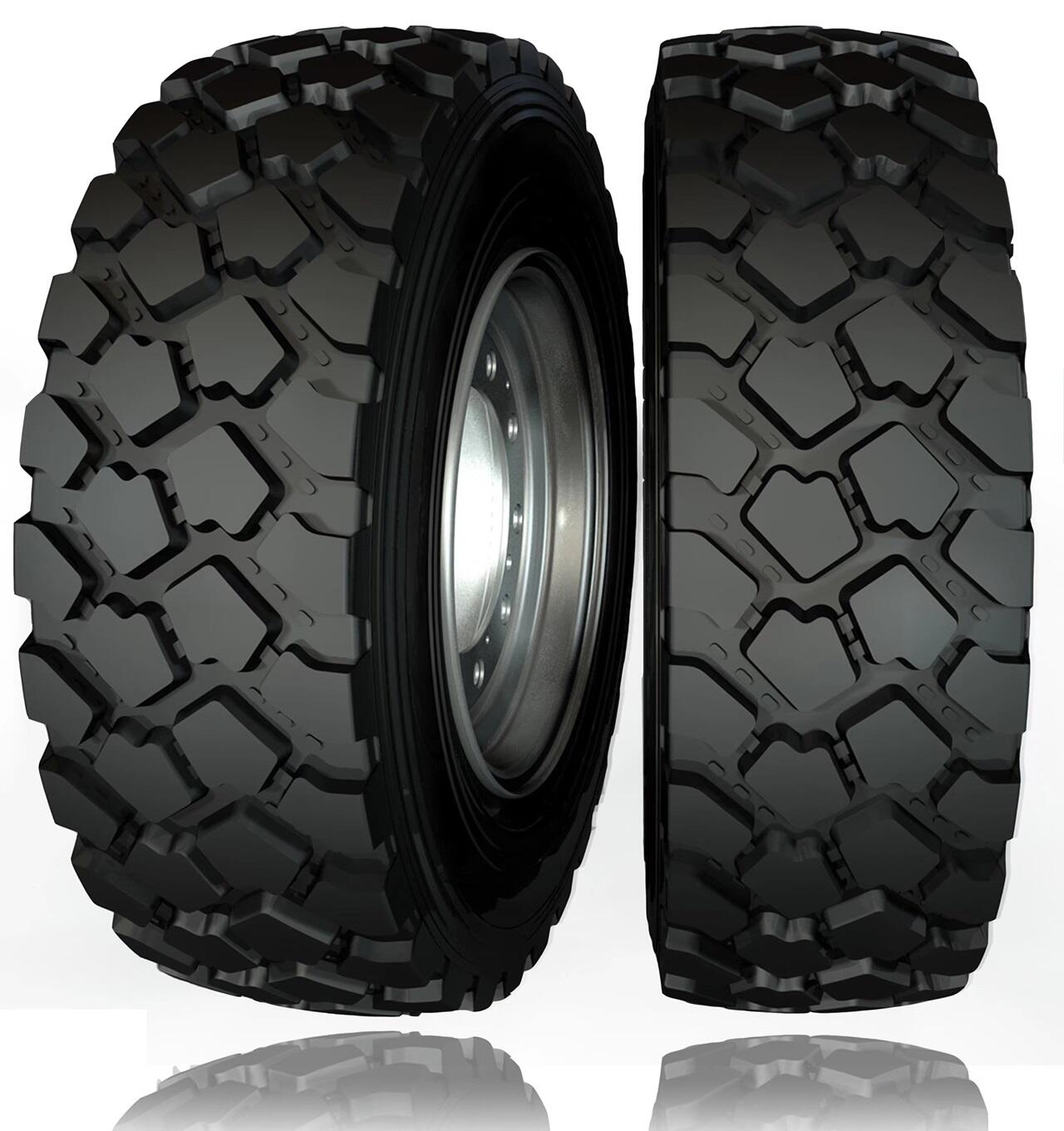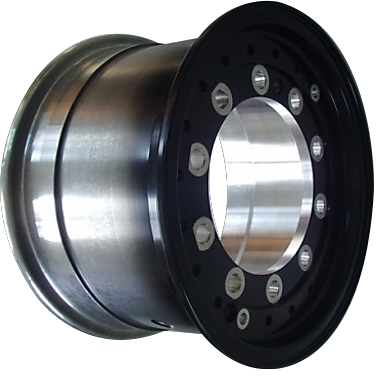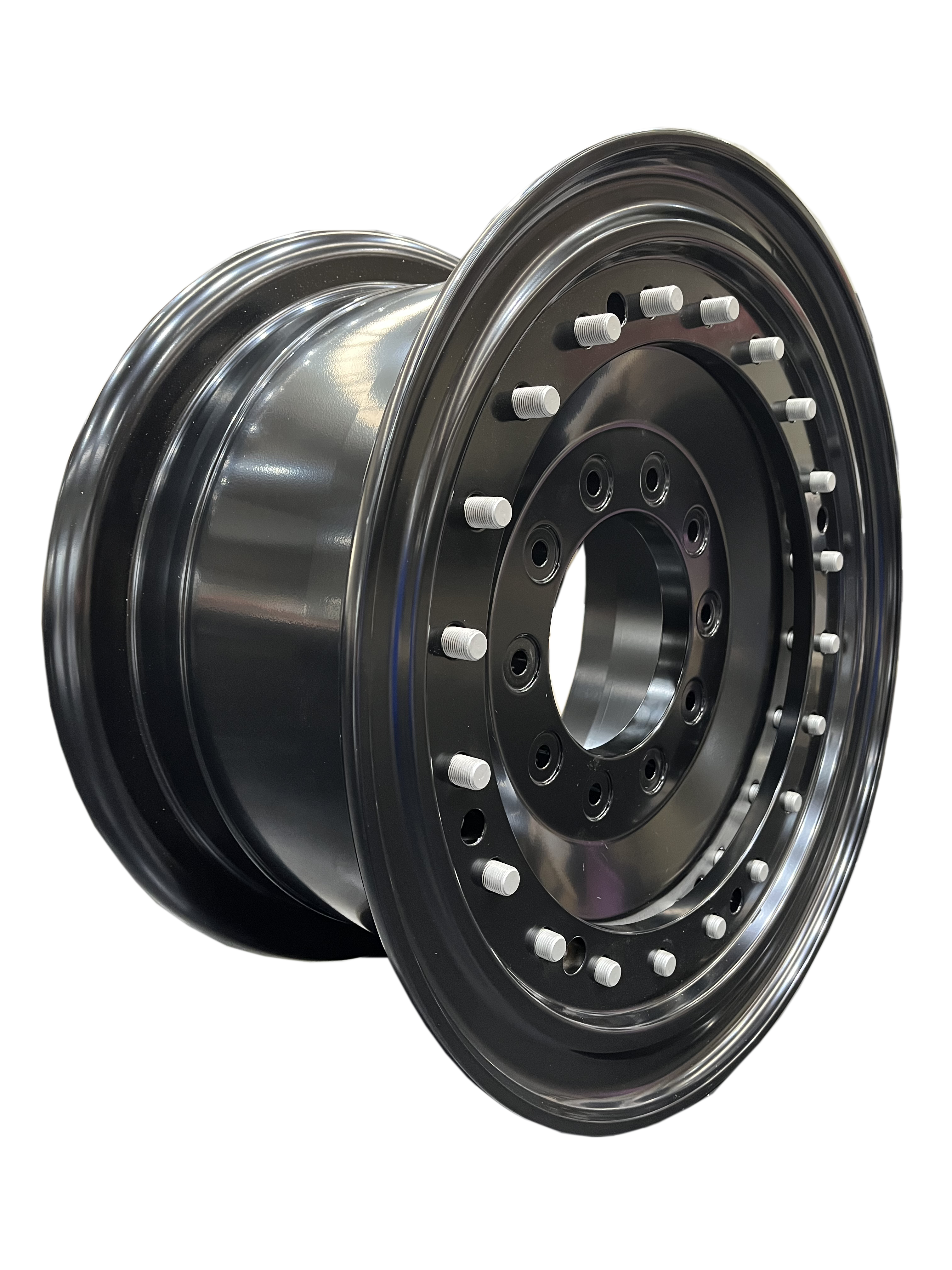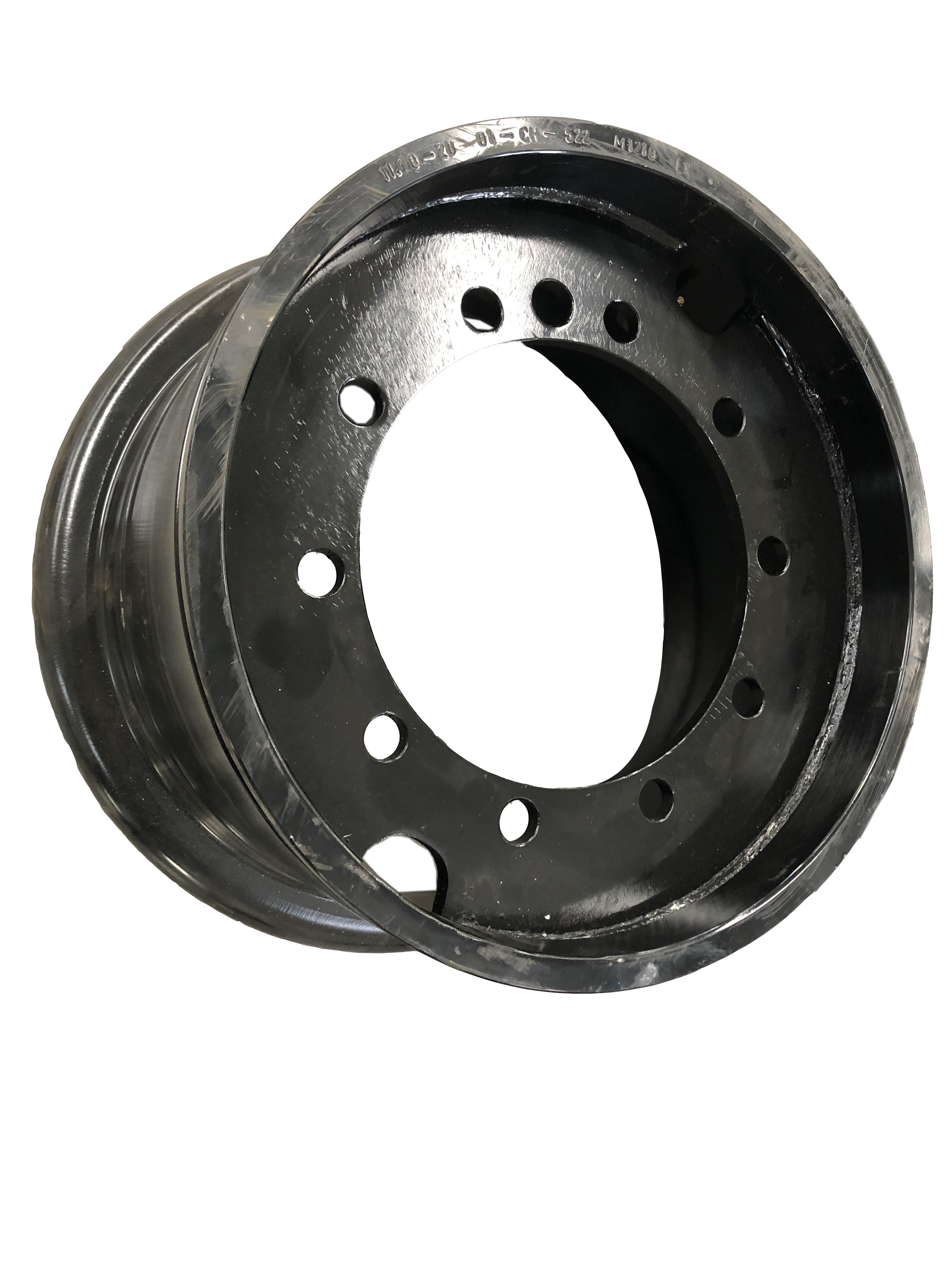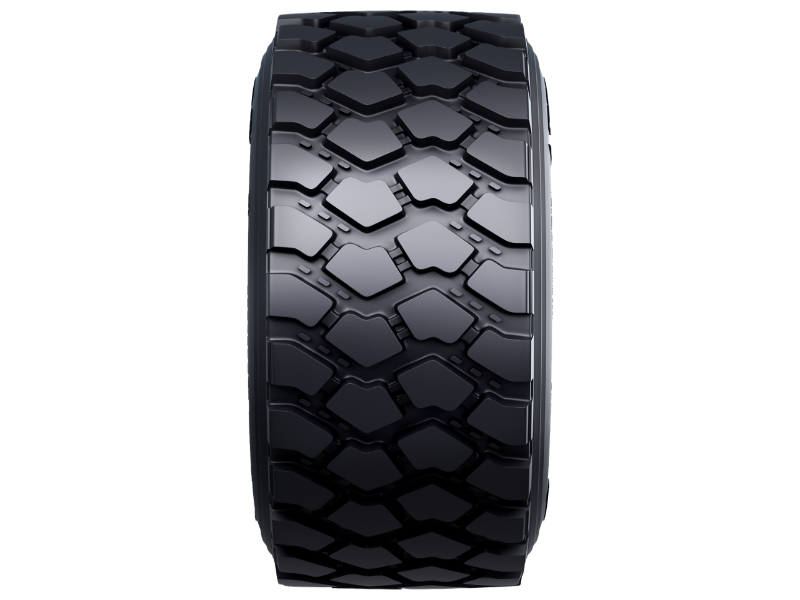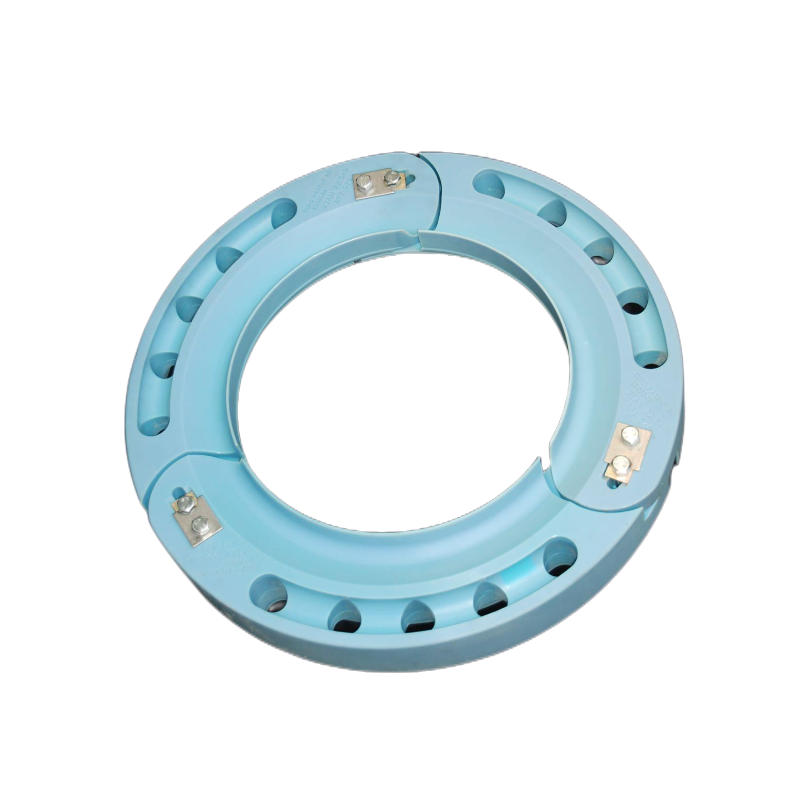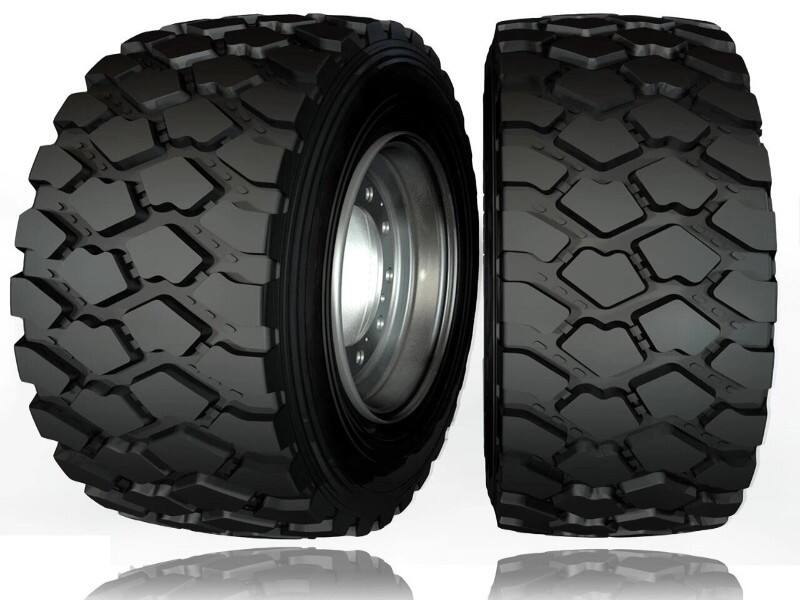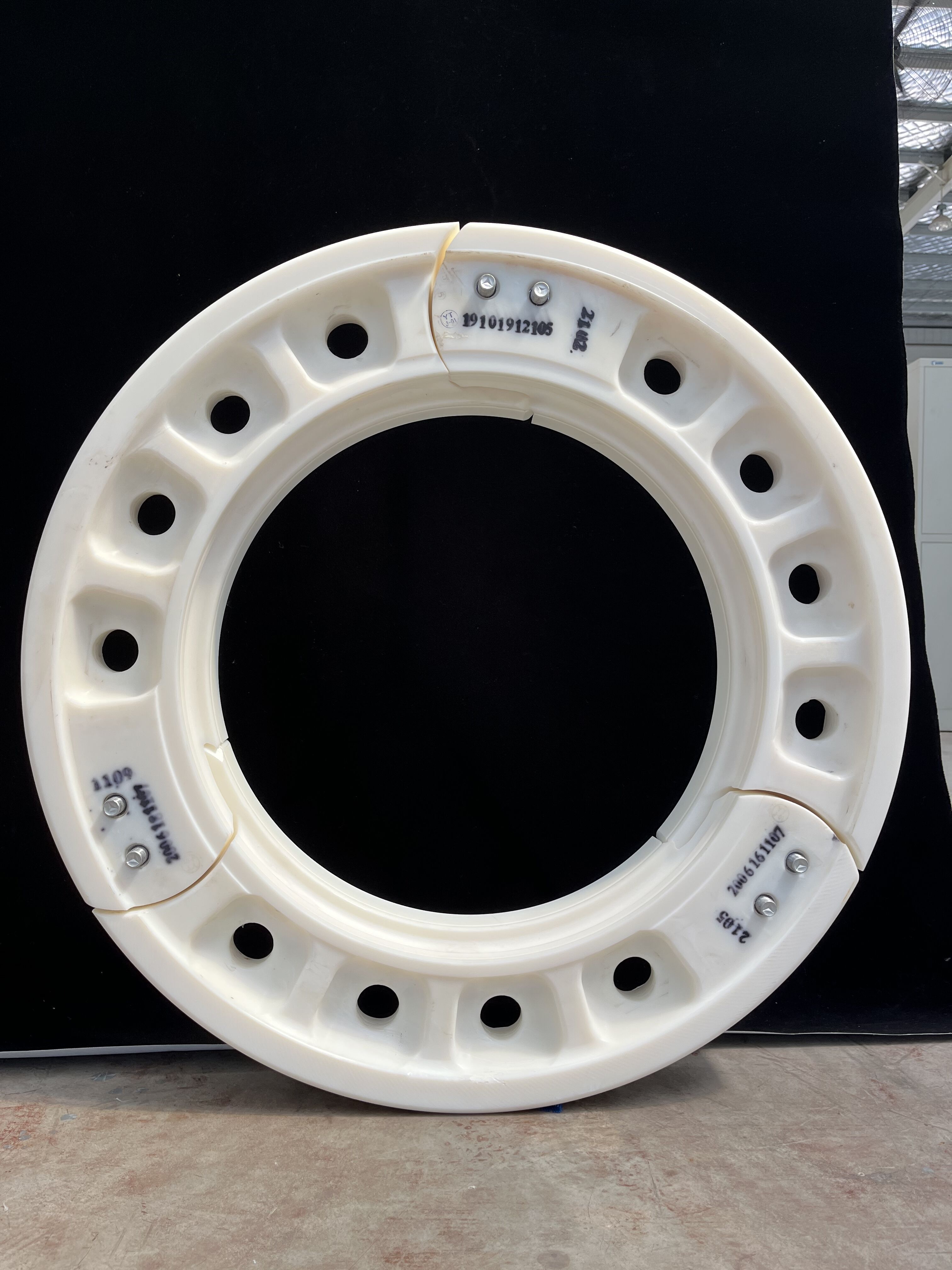driverless autos
Driverless autos, also known as autonomous vehicles, represent a revolutionary advancement in transportation technology. These vehicles utilize a sophisticated combination of sensors, cameras, radar systems, and artificial intelligence to navigate roads without human intervention. The primary system consists of LiDAR sensors that create detailed 3D maps of the surrounding environment, while multiple cameras provide real-time visual data for obstacle detection and traffic sign recognition. The vehicle's central computer processes this information using advanced algorithms to make split-second decisions about steering, acceleration, and braking. These vehicles are equipped with GPS and mapping systems that enable precise navigation and route planning. The technology includes redundant safety systems, ensuring multiple backups are in place for critical functions. Currently, driverless autos are being tested and deployed in various applications, from personal transportation to delivery services and public transit. They operate on different levels of autonomy, ranging from basic driver assistance to full automation. The vehicles can maintain safe distances from other vehicles, change lanes when necessary, and respond to traffic signals and road conditions. Advanced machine learning capabilities allow these vehicles to continuously improve their performance by learning from each driving experience, making them increasingly reliable and efficient over time.

 EN
EN
 AR
AR
 BG
BG
 FR
FR
 DE
DE
 HI
HI
 IT
IT
 JA
JA
 KO
KO
 PL
PL
 PT
PT
 RU
RU
 ES
ES
 SV
SV
 TL
TL
 ID
ID
 LV
LV
 LT
LT
 SR
SR
 UK
UK
 VI
VI
 TH
TH
 TR
TR
 FA
FA
 AF
AF
 HY
HY
 AZ
AZ
 KA
KA
 BN
BN
 LA
LA
 MN
MN
 SO
SO
 MY
MY
 KK
KK
 UZ
UZ
 KU
KU
 KY
KY
